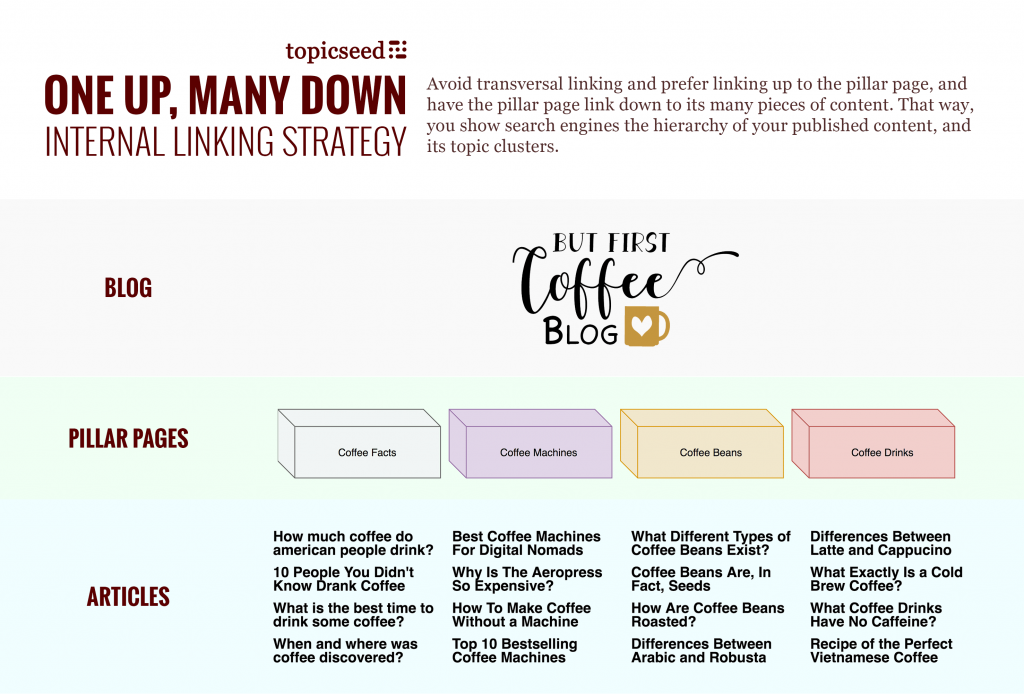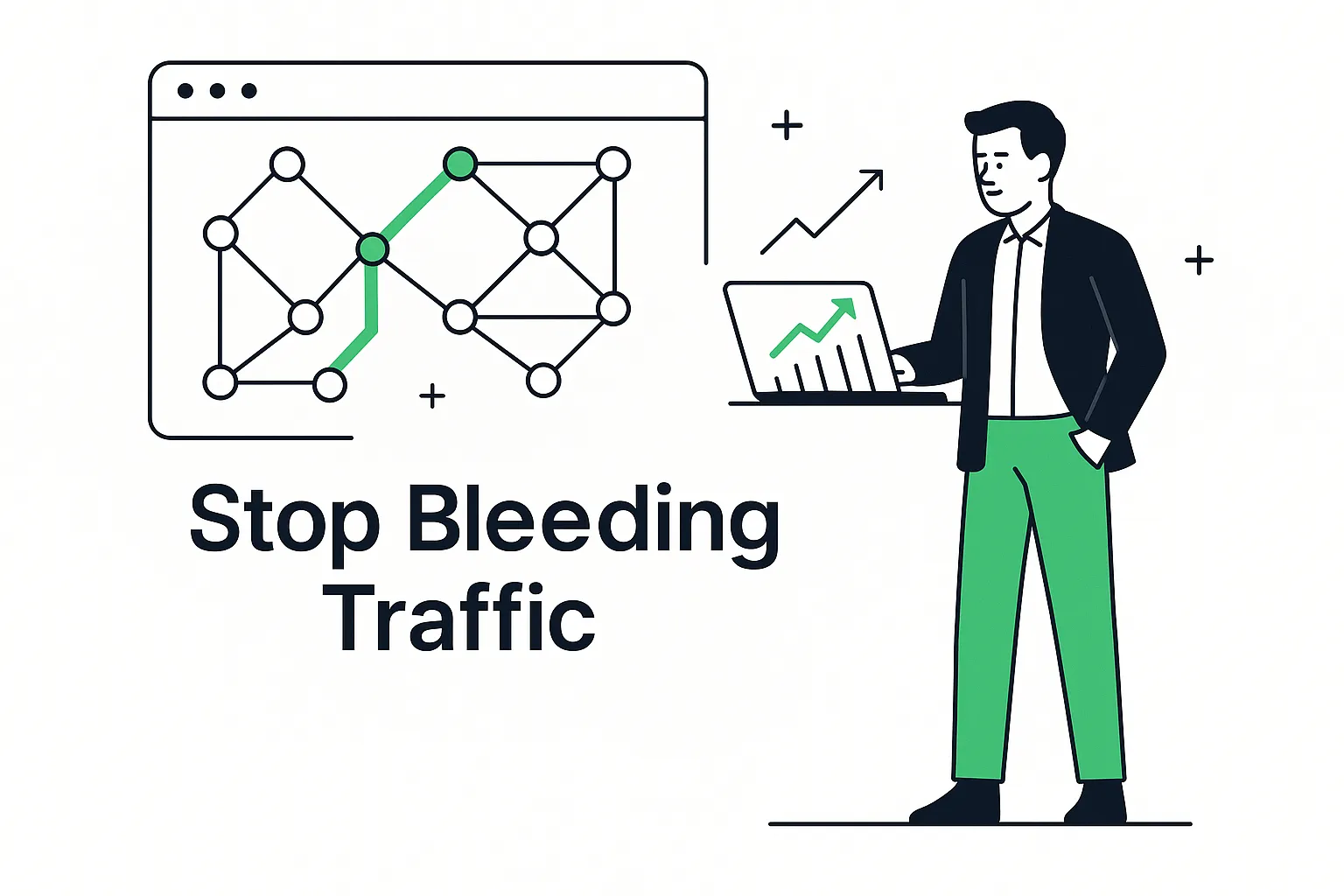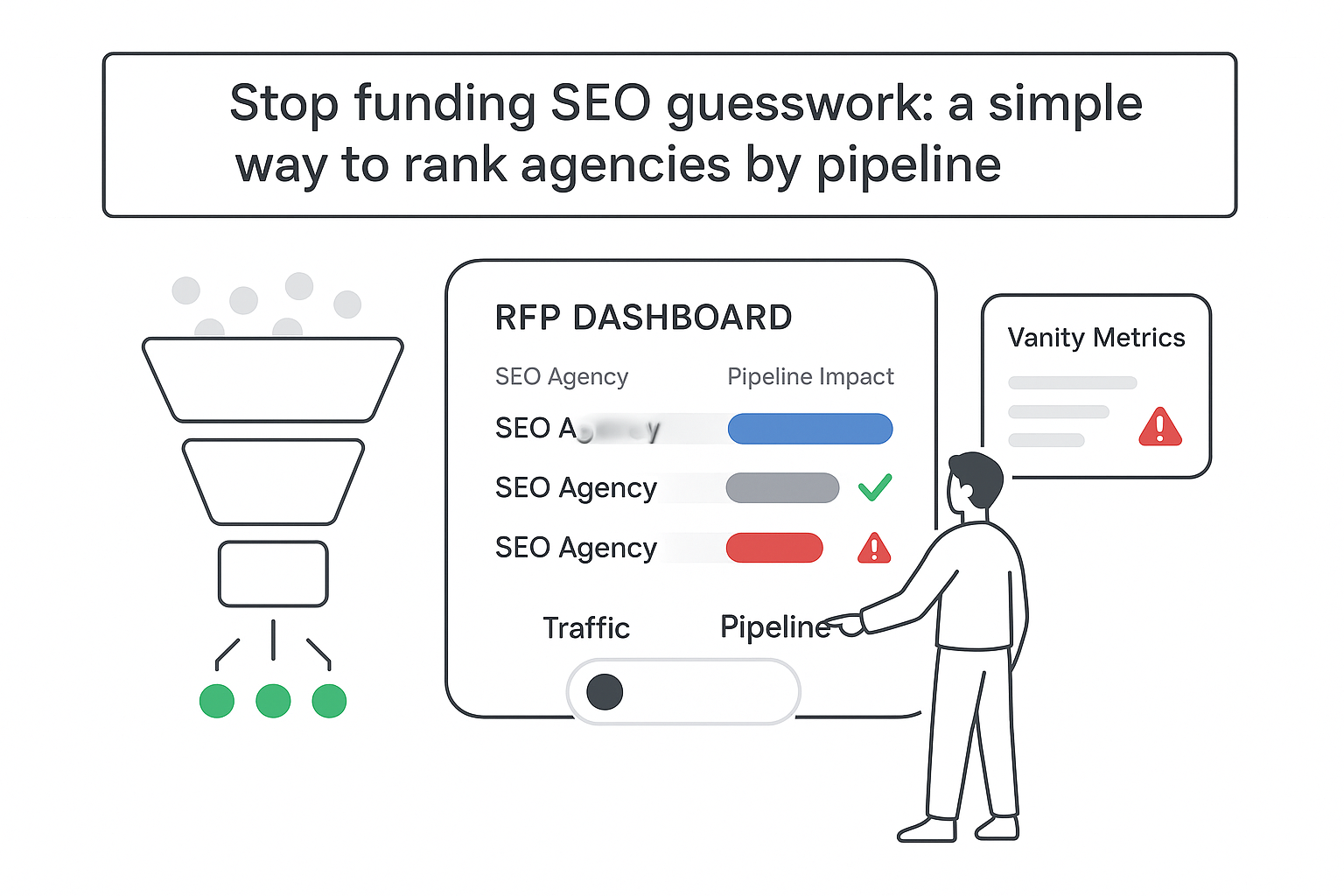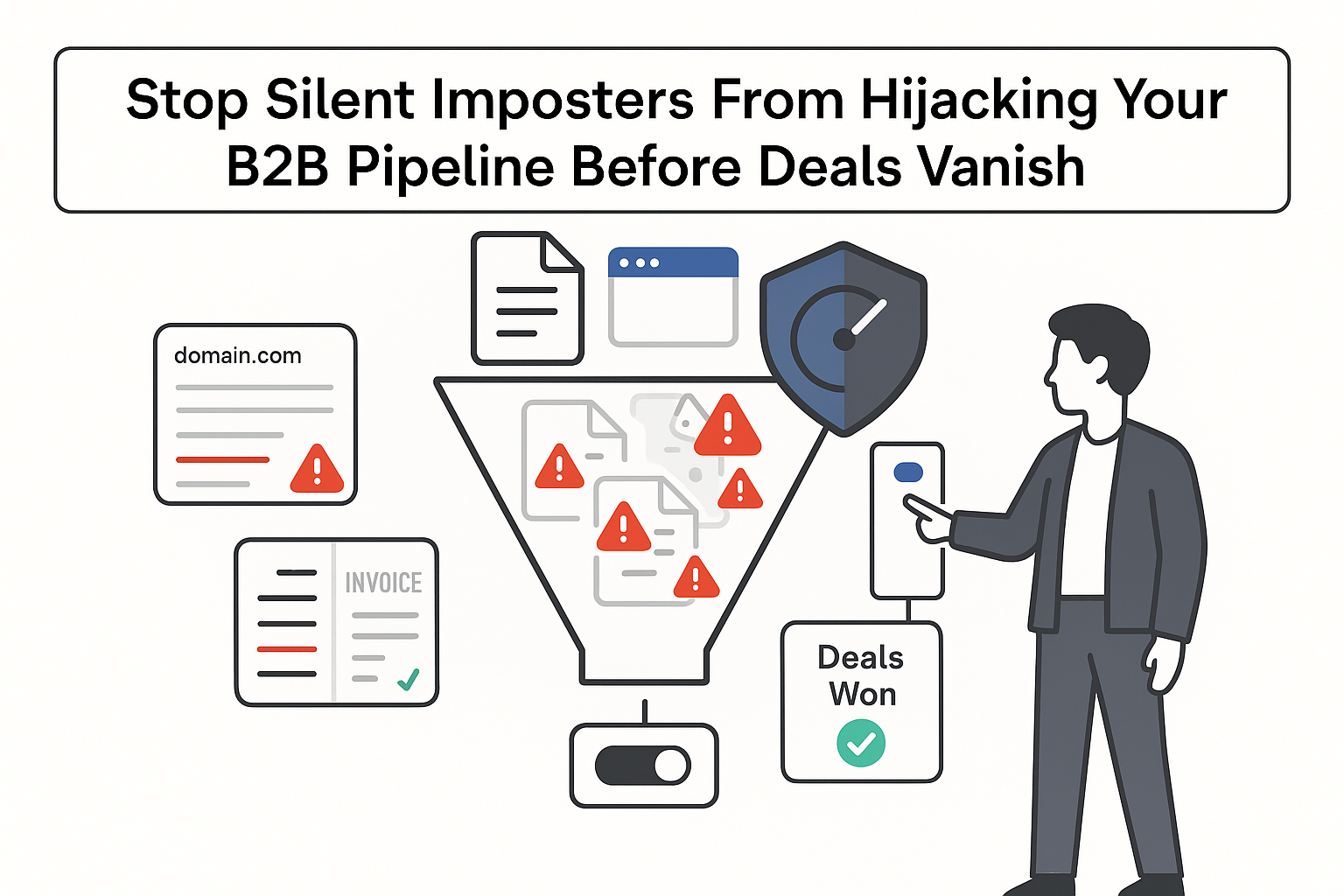Crack the Traffic Ceiling With Smarter Internal Links
Last spring a cybersecurity consultancy pinged me in panic: “Organic traffic has been flat for six months, paid media is bleeding us dry - help.” We didn’t touch their ad budget or publish new blog posts. Instead, we rewired the paths between pages they already had. Ninety-one days later organic sessions were up 38 percent, demo chats climbed 19 percent, and the founder finally stopped refreshing GA4 at midnight.
The difference came from tight topical clusters held together with deliberate, no-nonsense internal links. In other words, we turned a stack of loose index cards into a well-bound field guide. Ask any topical SEO expert and you’ll hear a similar story: structure beats volume.
Why the C-Suite Should Care
- Faster lift in search without hiring more writers
- Visitors read deeper and reveal clearer buying intent
- Lower cost-per-lead as organic traffic shoulders more of the funnel
Sketching a Cluster (Quick Visual)
Think of a pillar page as the umbrella term and each spoke as a focused, job-to-be-done asset that supports it.

Pillar: B2B Lead Generation ├─ Email Sequence Timing ├─ Cold Outreach Tactics ├─ Sales Playbook Templates └─ Forecasting Models
If you want more inspiration, check out Examples of Successful Content Clusters in Different Sectors.
My Linking Routine in Five Passes

- Nail the money theme. “Managed SOC” might be the cash term for a security agency. That phrase becomes both the pillar URL and the north star for content scope.
- Inventory what exists. Export a sheet with URL, target keyword, traffic, backlinks, and notes. Overlaps and feather-weight pages pop immediately.
- Tag each URL.
- Pillar: evergreen, 2 500–3 000 words, covers the landscape
- Spoke: focused, 800–1 500 words, solves one job
- Ax: no traffic, no links, off the theme - redirect or merge
- Draft an anchor map. Human-sounding anchors first, partial matches second. One column for source, one for destination, one for the actual words.
- Push the links, then crawl. After publishing edits, run Screaming Frog to catch loops, deep pages, and orphans. Crawl again a week later - the second pass always finds something.
Need a complete walkthrough? See A Step-by-Step Guide to Creating a Topic Cluster Strategy.
Building a Pillar That Pulls Its Weight
Rule of thumb: one link up to the pillar for every several links down to spokes. If you’re unsure how broad or narrow your topic should be, learn how to create a pillar page that actually ranks.
[Hero] Stats, pain, CTA (hold the links)
Context Section (≈ 300 words)
- Link to Spoke A
- Link to Spoke B
Second Angle (≈ 300 words)
- Link to Spoke C
- Link to Spoke D
Finish with a short FAQ. Each spoke points one link back to the pillar to keep the loop tidy.
Targets:
- ≈ 2 700 words so it ranks yet still scans fast
- Internal link every ≈ 200 words
- A “Related Guides” strip above the footer for bonus crawl paths
Mini-case: A contract-automation SaaS rebuilt its “Digital Procurement” pillar, wired 18 spokes, and added two up-links inside every spoke. Result: position 12 to 4 in six weeks and form-fill leads up 22 percent.
Flat Blog vs. Hub-and-Spoke
Before (flat list): average crawl depth 4.2, orphans 27, session time 0:54.
After (hub): depth 2.1, orphans 3, session time 2:11.
Feeling spicy? Try horizontal silos - /lead-gen/, /pipeline/, /rev-ops/ - and keep links mostly inside their lane. What is Topical Authority and How Do You Build It? explains why low depth and tight topical lanes send strong relevance signals. For another angle, see The Importance of Pillar Pages and Topic Clusters for SEO. Even Yoast calls this architecture “SEO glue.”
Do’s and Don’ts
Do
- Use descriptive anchors (“sales outreach cadence”)
- Keep click depth under three
- Refresh pillar links every quarter
- Cross-link only when it fits the narrative
- Track everything in GA4 and Search Console
Don’t
- Stuff exact keywords in every anchor
- Spin “loop-soup” webs with no hierarchy
- Let stats go stale
- Link every post to every other post
- Rely on hunches over data - use How to Choose the Right Keywords for Your Topic Clusters to stay grounded
Little PSA: If you’re updating links, refresh the copy while you’re in there. New stats, new screenshots, fresh external sources - that double signal of freshness plus structure never hurts.
Scaling Without Losing Your Weekend
Patching 300 posts by hand? Hard pass. Link Whisper, InLinks, or even a well-tuned Screaming Frog custom search can suggest pairings in seconds. If you need a deeper dive, see Automating Internal Links: Tools and Techniques for Efficiency.
I usually record a five-second Loom - hover, click, link added - to win dev buy-in. Rule for new content: every spoke ships with one link up to the pillar and one sideways to a sibling, keeping the graph neat from day one. For bigger sites, Internal Linking for Large Sites: Best Practices and Tools is your next stop, and How Modular Content Supercharges Your SEO Strategy shows how to reuse assets without breaking the map.
Metrics That Prove It Worked
- Avg. crawl depth: Screaming Frog - ≤ 2.5
- Orphan pages: Screaming Frog - 0
- Pillar page sessions: GA4 - +25 percent
- Cluster-to-pillar ratio: Sheets - 3 : 1
- Internal link CTR: GA4 Events - ≥ 12 percent
Roadmap
- Month 1 – Audit, pick the money pillar, draft anchor map
- Month 2 – Edit content, drop links, first re-crawl
- Month 3 – Polish anchors, prune strays, publish two fresh spokes
Follow that tempo and you’ll earn sharper topical authority, faster indexing, and more pipeline-ready visitors - no extra ad dollars required.







.svg)